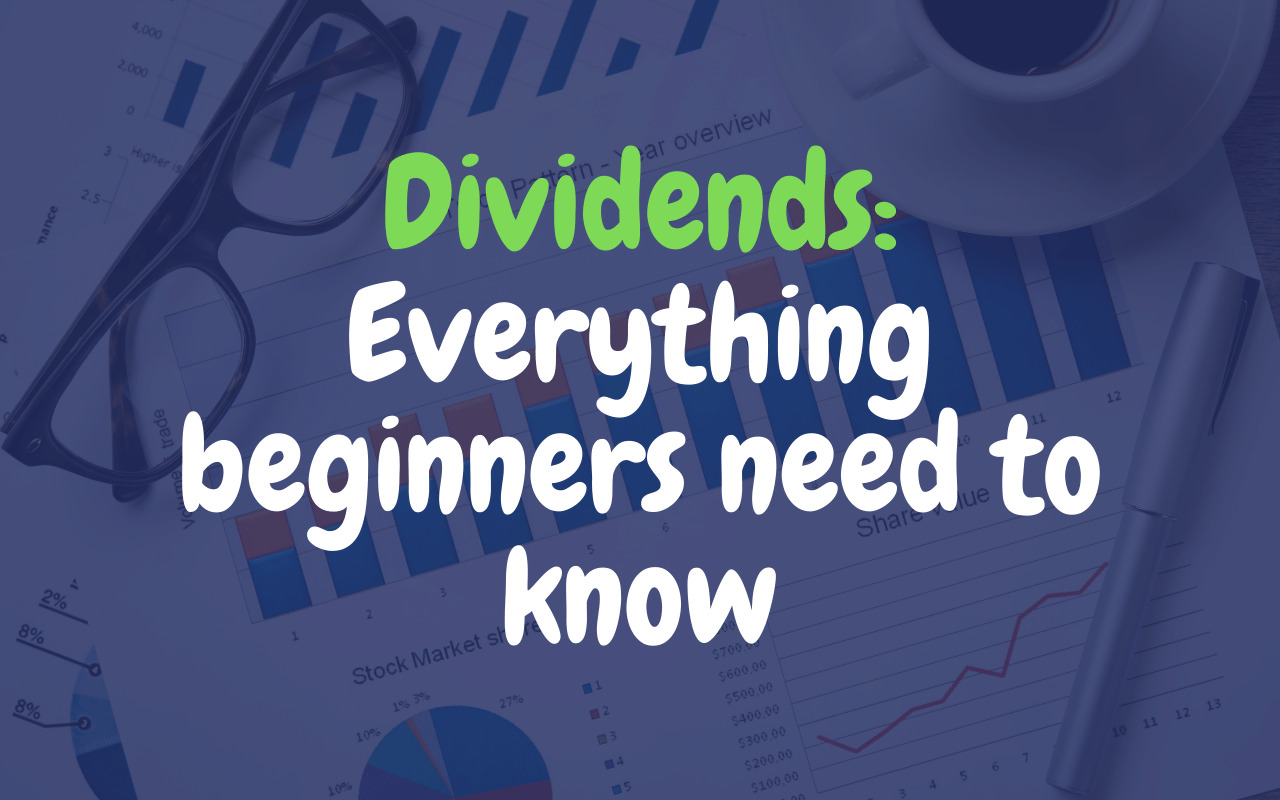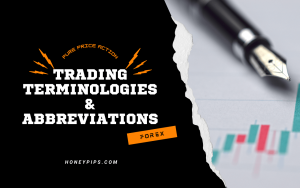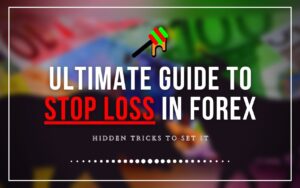When one gets started into the seductive stock market, dividends can be enticing. That’s a fact.
The concept is straightforward: you buy some shares, and they will pay you back a certain amount of money on a regular basis. Dividends are fantastic, right?
Unfortunately, the truth is reality isn’t as nice as it sounds. But let’s start from the beginning.
What is a stock dividend?
A dividend is the part of a company’s earnings distributed among the shareholders. Some firms pay dividends regularly (yearly, quarterly, etc.); others pay extraordinary dividends when the revenues exceed the expectations. Finally, some other companies won’t pay dividends because they prefer to reinvest the profits in expanding the business.
So, now you know what dividends are. But what if a company produces losses? Well, depending on the situation, the company might still be able to distribute dividends but probably not in a sustainable way.
Companies typically pay out dividends in cash, but sometimes they can pay the shareholders with additional shares.
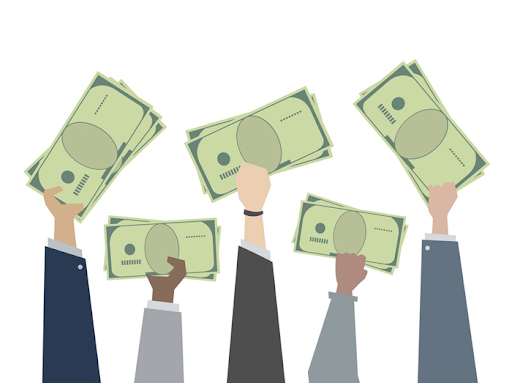
Dividend key dates
When a company announces a dividend, there are some dates that you need to keep in mind before you can get it. I will mention here the two most important dates:
- Ex-dividend date. It’s the latest point in time that gives the right to receive the dividend. If you buy shares after this date, you won’t be eligible to get your part of the cake. On the other hand, if you sell your shares after this date, you will still receive the dividend.
- Payment date. This date usually takes place a few days or weeks after the ex-dividend date. It’s simply the moment when you get paid.
I have met some people who buy shares right before the ex-dividend date because the company had announced a generous dividend. They don’t want to miss out.
It sounds good, but it’s usually a wrong move; let’s see why.
Why the stock price drops after dividends
It’s important to understand that when a stock is paying out a dividend, money flows out from the company. Therefore, its value as a whole is reduced exactly in the same amount as the dividend paid.
That’s why at the next session, the price drops automatically as soon as the market opens. If the stock price was $20 and pays a dividend of $1 per share, the next day, the stock price will be $19.
In other words, when you get a dividend, you get nothing. The cash in your account will increase, but the stock’s value will decrease in the same amount. At the end of the day, your total account value won’t change at all.
Well, it will indeed change, keep reading and find out why.
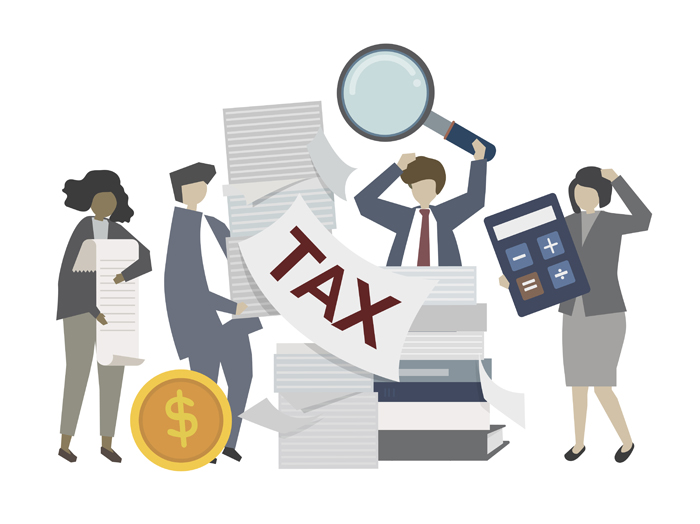
Don’t forget about the taxman
When you receive the dividend from the market, you must pay taxes on it. In most countries, you will have to pay a specific rate to the tax office (typically between 20 and 25%). It doesn’t matter if you had losses in this or other trades; you can’t use them to compensate.
Besides, if you own shares from a foreign country, you need to make sure that you have signed the required tax forms to avoid getting taxed twice.
To summarize, when you receive a dividend, you don’t get any extra money. But still, you have taxes. In conclusion, you have less money in your account than you had the day before.
Being seduced by generous dividends
Some people, mainly amateurs, love big dividends. Some companies pay massive amounts that represent a 10% yearly yield, or even more. That means that if you invest $1.000, you will be paid every year $100.
Sounds cool, right? But, don’t you wonder if it’s sustainable? How long can a company give out so much money and still be profitable? Generally, not much.
On top of that, those stocks in the middle of a long-term bearish trend that still pay out big dividends are especially dangerous. Of course, the more the price falls, the higher the yield. But if you invest in these companies:
- You will see sooner or later how the dividend is reduced or even suppressed.
- The stock price will probably decrease even more, and you’ll end up losing a significant amount of money.
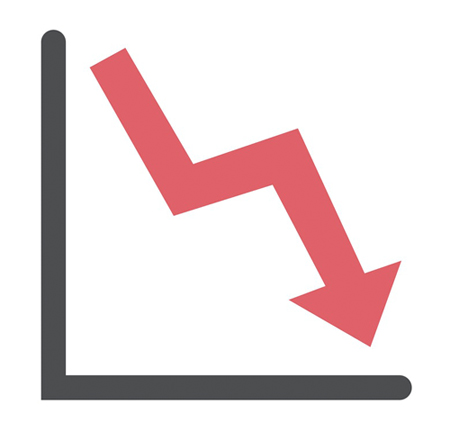
You can check out the sustainability of the dividends by analyzing the payout ratio. This number indicates how much from the earnings is used to pay the dividend. Let’s say, if a company makes an Earnings per Share (EPS) of $5 and pays out $1 dividend, the payout ratio is 20%.
High payout ratios indicate that, if the earnings drop for whatever reason in the future, the company won’t be able to maintain the dividend. Some companies even increase their debt during bad market moments to avoid reducing the dividend. Crazy, right?
Indeed, a company may generate an unusual income for whatever reason and decide to give part of it to the shareholders as an extraordinary dividend. That’s fine, but in most cases, generous dividends are too good to be true.
Dividends and Trend Investment strategies
I focus on trend investing, which means that I mainly invest in stocks whose price is in a consolidated uptrend. Growth stocks are the most wanted in this field. They normally don’t pay out dividends.
Why? Because they can use their earnings to develop new products, buy other firms or perform any other activity to make the business grow.
Nevertheless, some of my favorite stocks do pay dividends. I would call them Slow Growers because they usually don’t experience any explosive growth. Instead, they have a consolidated business, an excellent market position, and solid earnings. Then, they can afford to pay good dividends while being very competitive in the industry.
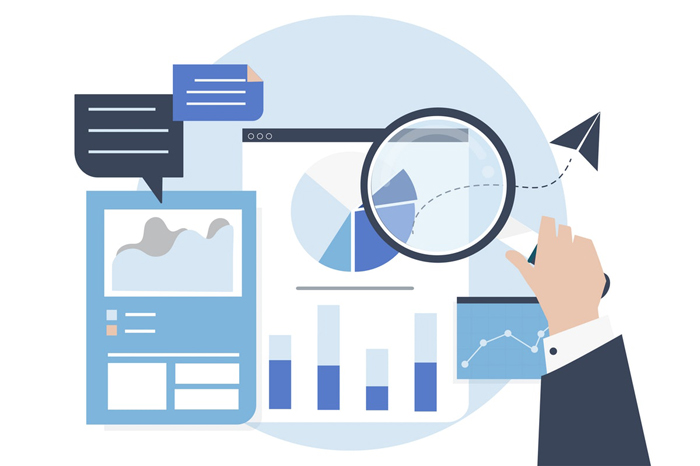
Look for solid and dividend-growing companies
If you still want to focus on dividend stocks, I can only recommend you to buy those who have a proven track of increasing dividends over a long time. I’m talking about 15 or 20 years. During this time, the company probably went through good and bad moments. If the dividends have increased year after year (or at least maintained during recessions), then you have found a good stock.
You won’t get a 10% yield out of it, but at least you don’t need to worry too much about the near future of the company.
Wrapping up
Dividends can be a powerful tool to create a passive income source and reach your financial independence. Nevertheless, they’re not as good as some amateurs believe.
Some of them ignore basic concepts like the stock price adjustment and the taxes, leading them to make newbie mistakes.
If you like dividend stocks, just find some solid companies and wait the right time to buy them. And remember, no one gives money for free.
About the Author
Carlos is an engineer, blogger, and investor based in Germany. Passionate about aerospace, he combines his job with his online projects and the management of his stocks portfolio. Carlos is co-author in ABC-Trades, a blog whose mission is to propose trading strategies based on price and volume.

